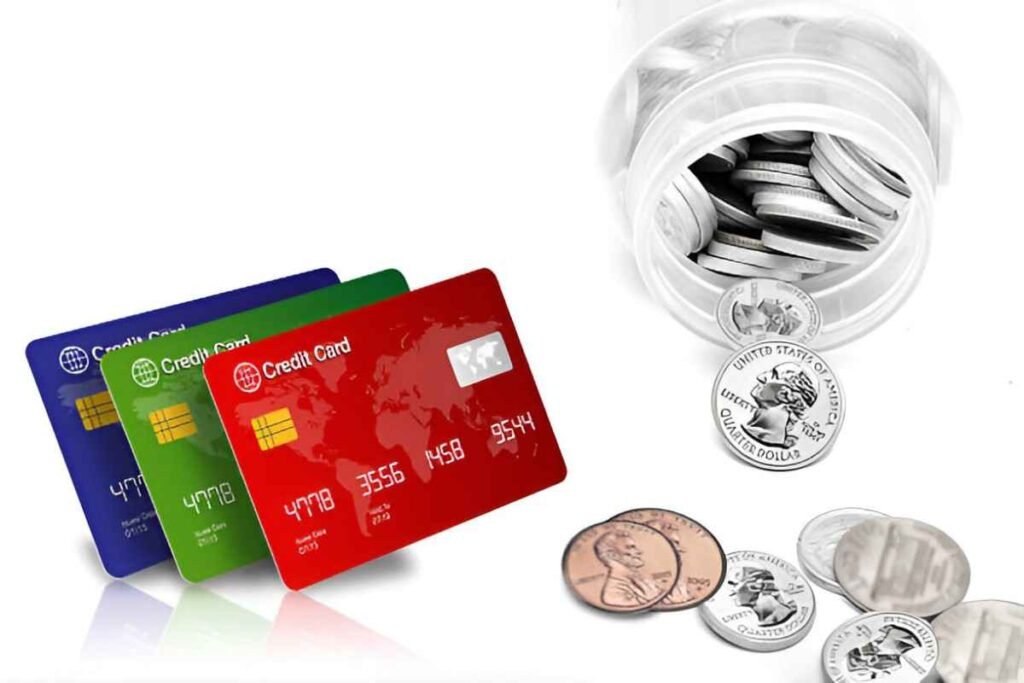When exploring options for a credit card, the American Savings Bank (ASB) credit card stands out as an option worth considering. As someone who’s been navigating the world of credit cards for a while, I’ll share my insights on what makes the ASB credit card a viable choice, how it compares to others in the market, and the practical details you need to know before applying for one.
Table of Contents
What is the American Savings Bank Credit Card?
The American Savings Bank credit card is a product designed for individuals seeking a credit solution with flexible payment options, competitive rates, and reliable customer service. ASB offers several types of credit cards, each catering to different financial needs and preferences. Whether you’re looking for rewards, low interest rates, or specific perks like travel benefits, ASB has something to offer.
Types of ASB Credit Cards
ASB offers a range of credit cards to meet diverse needs. While the exact cards available may vary depending on the region and time, here are the typical categories of credit cards ASB provides:
- Standard Credit Cards: These cards are designed for individuals who want a straightforward credit card without any frills. They typically offer a low-interest rate and no annual fees, making them ideal for those who carry balances from time to time.
- Rewards Credit Cards: If you prefer earning points or cashback on your everyday purchases, a rewards card might be more up your alley. These cards often offer higher reward rates for categories like groceries, gas, or dining.
- Travel Credit Cards: For frequent travelers, ASB offers cards that allow you to earn travel-related rewards, such as airline miles or hotel points. Some of these cards come with benefits like travel insurance and airport lounge access.
- Secured Credit Cards: For those looking to build or rebuild their credit, ASB offers secured credit cards. These cards require a deposit, which serves as your credit limit, making them an accessible option for individuals with limited or poor credit history.
Key Features of the ASB Credit Card
While the specific features may vary across different card types, there are several aspects of ASB credit cards that remain consistent:
- Interest Rates: The interest rate on an ASB credit card can vary depending on the card type and the applicant’s creditworthiness. Generally, interest rates range from 13.99% to 23.99% APR for purchases. For cash advances, the rate tends to be higher, typically around 24.99% APR.
- Annual Fees: Some ASB credit cards come with annual fees, especially those offering premium benefits like rewards or travel perks. However, ASB also offers cards with no annual fee, which can be appealing for those who prefer a simpler and more cost-effective option.
- Rewards Program: ASB’s rewards credit cards typically offer cashback or points for every dollar spent. The rewards can often be redeemed for things like gift cards, statement credits, or even travel experiences.
- Credit Limit: ASB credit cards come with varying credit limits depending on your creditworthiness and income. For individuals with excellent credit, the limit can be higher, while those with lower credit scores may be assigned a lower limit.
- Introductory Offers: Many ASB credit cards come with introductory offers, such as 0% APR for the first few months on purchases or balance transfers. These offers can help you save money if you’re planning a large purchase or need to transfer a balance from a higher-interest card.
How Does the ASB Credit Card Compare to Other Cards?
To give you a clearer picture of how the ASB credit card stacks up against other options, here’s a comparison of key features with a few popular credit cards in the market. I’ll break it down into interest rates, fees, rewards, and other benefits.
| Feature | ASB Standard Credit Card | Chase Freedom Unlimited | Capital One Quicksilver One | Citi Double Cash |
|---|---|---|---|---|
| APR (Purchases) | 13.99% – 23.99% | 14.99% – 23.74% | 26.99% | 14.99% – 23.99% |
| Annual Fee | $0 | $0 | $39 | $0 |
| Rewards | 1% Cashback | 1.5% Cashback | 1.5% Cashback | 2% Cashback (1% on purchases, 1% when paid off) |
| Intro Offer | 0% APR for 12 months (on balance transfers) | $200 bonus after spending $500 | $200 bonus after spending $500 | $200 bonus after spending $500 |
| Foreign Transaction Fees | No | No | No | No |
| Credit Score Requirement | Good to Excellent | Good to Excellent | Fair to Good | Good to Excellent |
As you can see, the ASB credit card is fairly competitive, especially when it comes to having no annual fees and offering a straightforward rewards program. The interest rate, however, may be slightly higher than some of the more premium cards like the Chase Freedom Unlimited, which offers a solid rewards rate with no annual fee.
Real-Life Example: How Much Can You Save?
Let’s walk through an example of how you can use an ASB credit card, particularly one with an introductory 0% APR on purchases for the first 12 months, and see how it compares to another card offering similar benefits.
Suppose you plan to make a large purchase of $1,500 in the first month after getting the card. You are deciding between the ASB card with 0% APR for the first 12 months and a Capital One Quicksilver One card, which offers a 26.99% APR and a $39 annual fee.
Here’s how the calculations would break down if you only make the minimum payments (let’s assume 3% of the balance or $25, whichever is greater) and don’t pay off the balance before the 0% APR expires.
Scenario 1: ASB Credit Card (0% APR for 12 Months)
- Initial purchase: $1,500
- APR after 12 months: 19.99%
- Monthly payment: $25 (minimum payment)
- Total interest paid after 12 months: $0 (since the 0% APR lasts for the first 12 months)
- Total cost after 12 months: $1,500 (assuming no extra fees)
Scenario 2: Capital One Quicksilver One (26.99% APR)
- Initial purchase: $1,500
- APR: 26.99%
- Monthly payment: $25 (minimum payment)
- Interest charged in first month: $1,500 x 26.99% ÷ 12 = $33.74
- Total interest charged in 12 months: Approximately $400
- Total cost after 12 months: $1,500 + $400 = $1,900
As you can see, the ASB card offers a significant advantage if you can pay off your balance within the first 12 months due to the 0% APR offer. On the other hand, the Capital One card would result in a much higher cost due to its higher APR.
The Importance of Responsible Credit Card Use
While the ASB credit card offers a range of benefits, it’s essential to use it responsibly to avoid debt accumulation. Always aim to pay off your balance in full each month, especially if you’re not taking advantage of an introductory 0% APR offer. If you carry a balance, make sure to monitor your spending and keep your interest rates in mind.
Additional Benefits and Considerations
Aside from the basic features, ASB credit cards offer additional benefits that can make a real difference. These can include:
- Fraud Protection: ASB provides robust fraud protection measures to protect your account from unauthorized purchases.
- Customer Support: ASB offers excellent customer service, with representatives available to assist with inquiries and disputes.
- Account Alerts: Set up email or SMS alerts to stay on top of your spending, payments, and rewards balance.
Conclusion: Is the ASB Credit Card Right for You?
In the end, choosing the right credit card depends on your individual needs and financial habits. If you’re someone who wants a card with low fees, solid rewards, and the potential for interest-free purchases, the ASB credit card could be a great fit. However, if you frequently carry a balance or are looking for higher-end perks like travel insurance, you might consider other cards with more comprehensive benefits.
Whatever you choose, it’s important to use your credit card wisely. Remember to pay off your balance on time to avoid unnecessary interest charges, and always keep an eye on your spending. I hope this guide has helped you understand the ins and outs of the ASB credit card, and provided some clarity on whether it aligns with your financial goals.





